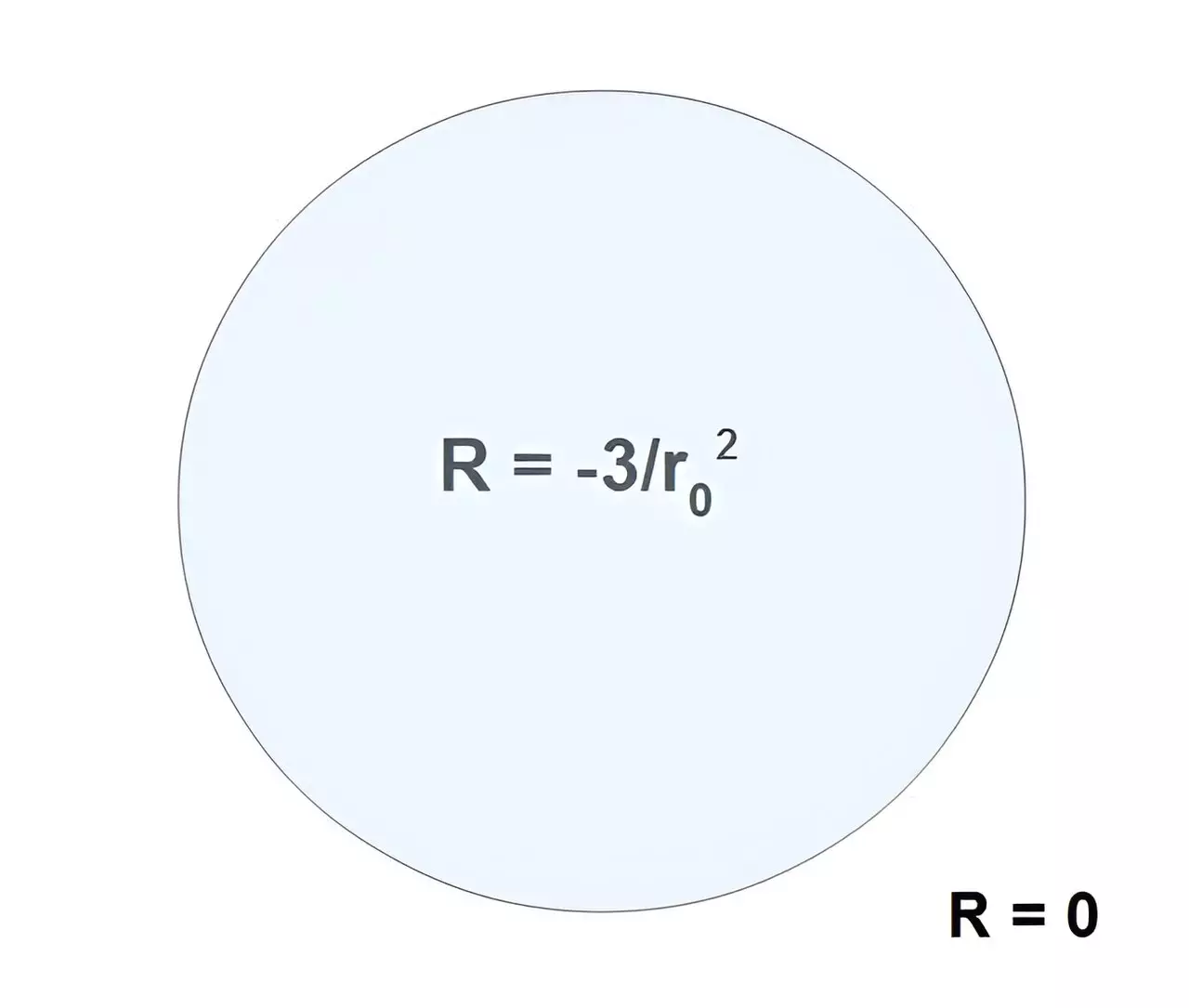Astrophysics has always captivated the human imagination, particularly the enigmatic entities known as neutron stars and black holes. These celestial objects are at the forefront of scientific research, providing invaluable insights into the fundamental laws of physics. Despite centuries of study, many fundamental questions about their nature and behavior persist, leaving scientists questing for deeper understanding.
Neutron stars represent one of the densest forms of matter in the universe, made primarily of neutrons packed tightly together. According to the principles of quantum chromodynamics (QCD), a neutron star can possess a maximum mass of approximately 2.34 solar masses. The unique nature of neutron stars emerges from their characterization as “timelike matter,” which means that they adhere to the principles of causality. This causal adherence endows neutron stars with identifiable particle states, in contrast to their black hole counterparts.
One significant implication of a neutron star’s timelike status involves its behavior and stability. Ensconced in the realm of nuclear physics, neutron stars are governed by specific equations of state that dictate their structural integrity. They are subject to the Pauli exclusion principle, a cornerstone of quantum mechanics that prevents identical fermions from occupying the same quantum state. This attribute contributes to the robustness of neutron stars, allowing them to withstand the tremendous gravitational forces they experience.
In stark contrast to neutron stars, black holes represent an entirely different category of cosmic phenomena known as “spacelike matter.” These objects are defined by their ability to warp spacetime so severely that nothing, not even light, can escape their gravitational pull. An intriguing aspect of black holes is their intrinsic property—they do not possess a maximum mass limit. Instead, they have a minimum mass threshold, around 2.35 solar masses, below which they cannot exist.
A central feature of black holes is their acausal nature, meaning they operate outside the traditional frameworks of cause and effect governed by classical mechanics. The concept of acausality introduces a level of complexity, as acausal spacelike matter lacks identifiable particle states. Elements such as temperature, entropy, and even pressure behave differently, resulting in a distortion of the conventional understanding of gravitational phenomena. Black holes, governed primarily by gravitational invariants, challenge many long-held assumptions about thermodynamics as related to gravity.
An intriguing discussion arises about the internal dynamics of black holes, particularly concerning their pressures. The interplay of pressures—outward pressure (PS) that tries to inflate the black hole and inward pressure (PM) from self-gravity—highlights a fascinating equilibrium. The relation PS = -PM implies that black holes have an intrinsic constant force that influences their structure, denoted as F. Calculated to be approximately 9.077 x 10^43 N, this universal constant is pivotal in understanding why black holes can grow infinitely without collapsing under their own weight.
Interestingly, the phenomenon of coalescence—where two black holes merge—exhibits an area law distinct from Stephen Hawking’s original entropy concept. The necessary condition for two black holes to merge hinges on their respective pressures, forming an unexpected relationship dictated by their areas. This reciprocal area condition demonstrates that black holes do not merely evaporate or vanish, but rather participate in a more complex interplay of gravitational forces.
One of the most contentious discussions in black hole physics revolves around the notion of singularities—points within black holes where density and gravitational forces become infinite. Critics argue that this concept stems from misapplication of causal theories to acausal entities. This criticism emphasizes that singularities, as traditionally understood, may not exist as genuine physical realities when viewing black holes through the lens of precise scientific theories.
Notably, historical claims positing that black holes evaporate through radiation misapply thermal aspects to these acausal spacelike entities. According to current understanding, a black hole’s negative scalar curvature may paradoxically lead it toward an infinite state rather than a void. This deconstruction of the singularity question prompts a reevaluation of foundational theories in general relativity.
As researchers delve deeper into the mysteries surrounding neutron stars and black holes, the ongoing quest to reconcile quantum mechanics with general relativity continues to be paramount. The reexamination of fundamental assumptions regarding mass limits and gravitational dynamics might open new avenues for understanding the universe’s behavior. Observational evidence from gravitational waves and other astronomical phenomena serves as a vital tool for testing these emerging theories, ushering in an exciting era of astrophysical research.
Understanding neutron stars and black holes not only broadens our perceptual horizons but also enriches our comprehension of the cosmos. These enigmatic entities challenge the boundaries of human knowledge, encouraging scientists and enthusiasts alike to stretch their imaginations and explore the unknown. Ultimately, as we peel back the layers of the universe’s fabric, will we revolutionize our approach to the eternal questions of existence and reality itself? Only time—and rigorous scientific inquiry—will tell.


Leave a Reply